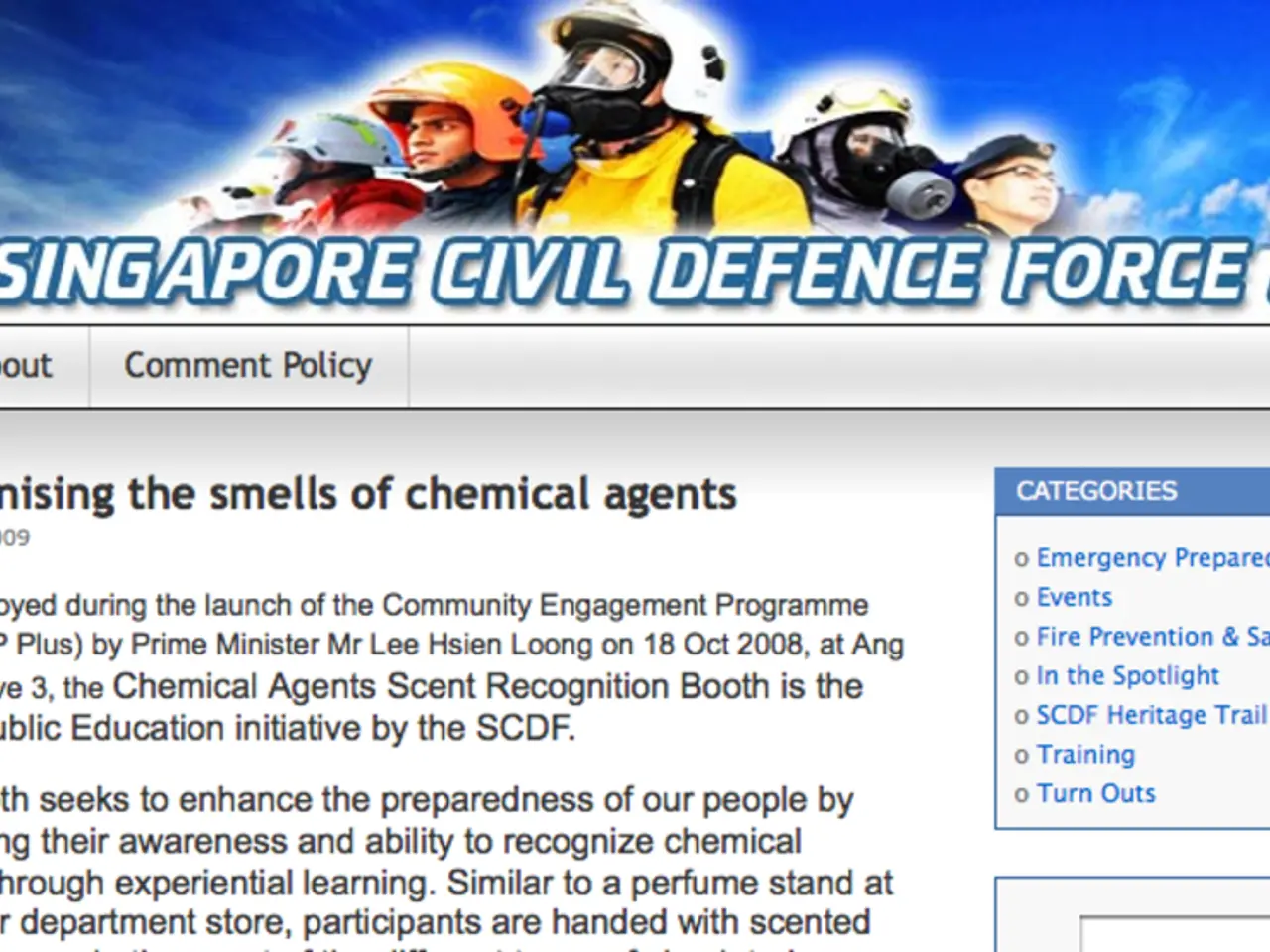Guide to Building an Atomic Bomb
Nuclear fission, a process harnessed for electricity production in numerous countries, is a far cry from the intricate and demanding process of manufacturing an atomic bomb. This article delves into the complexities involved in creating such a weapon, highlighting the need for specialized materials, advanced technical expertise, and state-level infrastructure.
The core materials required for atomic bomb production are fissile isotopes such as highly enriched uranium-235 or plutonium-239. Obtaining these materials is no easy feat, as they require massive industrial infrastructure. Uranium-235 must be physically separated from the abundant uranium-238, while plutonium-239 production involves reactor production and chemical separation, both processes requiring large, complex facilities and enormous amounts of electricity and scientific expertise.
The weapon design and assembly process also present significant challenges. There are two main types of atomic bombs: the gun-type uranium bomb and the implosion-type bomb. The former, used in the "Little Boy" bomb, is conceptually simpler but still demands highly enriched uranium, which is extremely difficult to produce. The latter, used in the "Fat Man" bomb and plutonium-based weapons, uses carefully shaped conventional explosives to compress a hollow sphere of plutonium into a supercritical mass. This process requires precise detonation timing, advanced explosive engineering, and the use of neutron reflectors like beryllium to boost the reaction.
Manufacturing these bombs also presents numerous challenges. The enrichment of uranium and production of weapons-grade plutonium demand large, state-level industrial complexes, such as gas centrifuge plants or nuclear reactors with reprocessing facilities. Highly precise conventional explosives must be manufactured and arranged in intricate geometries to compress the core symmetrically, a task far beyond typical explosives expertise. Developing the detonation circuits and neutron sources for initiating the chain reaction also requires specialized knowledge and technology.
Safety and secrecy constraints further add to the complexity. Handling fissile materials safely to avoid premature detonation or criticality accidents, while keeping the program secret, is no small feat. The production process involves hazardous and sophisticated chemical and physical operations, with industrial risks that can lead to shutdowns and evacuations in weapons facilities.
In the past, even academic institutions have been unwittingly involved in nuclear research. From 1943 to 1945, Canadian, British, French, and American researchers secretly worked on nuclear energy at McGill University, contributing to the Manhattan Project without knowing it. Matthieu Lavallée, a nuclear field expert, was a student of Pierre Demers, a Quebec physicist who was part of these researchers. Lavallée later co-authored the book "Projet Manhattan: Montreal at the heart of Canada's participation in the American bomb."
In conclusion, atomic bomb manufacture demands extensive infrastructure to produce and handle fissile materials, advanced explosives engineering for weapon design, and technical sophistication in detonation and neutron initiation systems. This complexity, combined with the need for massive resources and state-level coordination, makes assembling an atomic bomb a daunting task for non-state actors or countries without advanced nuclear programs.
- The French researchers who contributed to the Manhattan Project, unbeknownst to them, were part of an academic institution at McGill University from 1943 to 1945, aiding in the production of nuclear weapons.
- Nuclear-related research and production involve both science and technology, including education-and-self-development in the field of nuclear physics and advanced technical expertise.
- The production and handling of fissile materials, such as highly enriched uranium-235 or plutonium-239, require large, complex facilities and a significant amount of electricity, as well as a deep understanding of technical processes.
- The general news about nuclear energy often highlights the complexity of manufacturing atomic bombs, which subjects the discussed topics to intense scrutiny, including medical-conditions related to long-term radiation exposure, finance needed for nuclear programs, and the impact on everyday lifestyle within communities surrounding such facilities.




